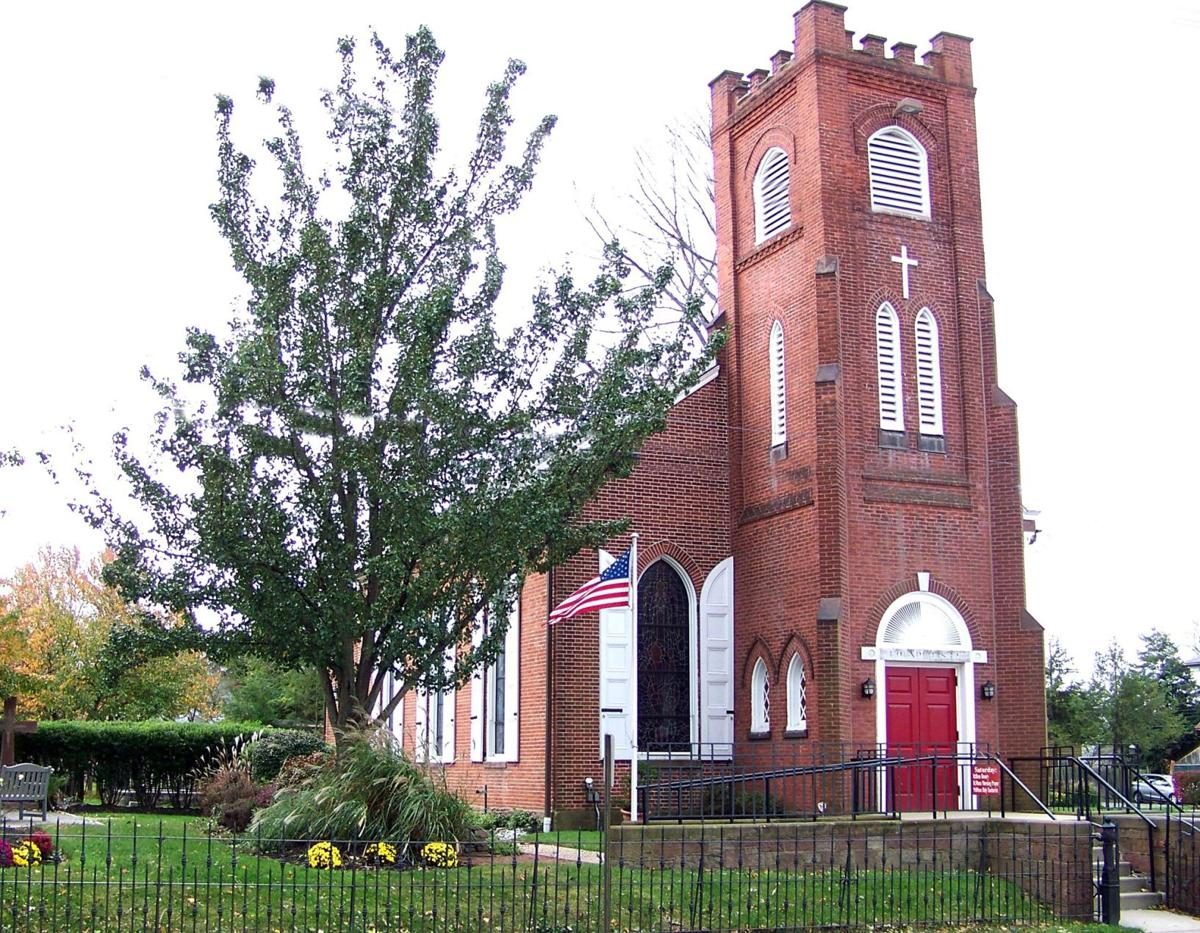Saint Luke the Evangelist is one of the Four Evangelists—the four traditionally ascribed authors of the canonical Gospels.
He died at the age of 84 in the city of Boeotia, Greece. Luke died at age 84 in Boeotia, Greece according to a "fairly early and widespread tradition". According to Nikephoros Kallistos Xanthopoulos, Greek historian of the 14th century (and others), Luke's tomb was located in Thebes, whence his relics were transferred to Constantinople in the year 357.
Saint Luke the Evangelist and as a patron saint of artists, physicians, bachelors, surgeons, students and butchers. His feast day is the 18th of October. In traditional depictions, such as paintings, evangelist portraits, and church mosaics, Saint Luke is often accompanied by an ox or bull, usually having wings. Sometimes only the symbol is shown, especially when in a combination of those of all Four Evangelists.
“And he said to them, 'The harvest is plentiful, but the laborers are few. Therefore pray earnestly to the Lord of the harvest to send out laborers into his harvest.'”
~ Luke 10:2
